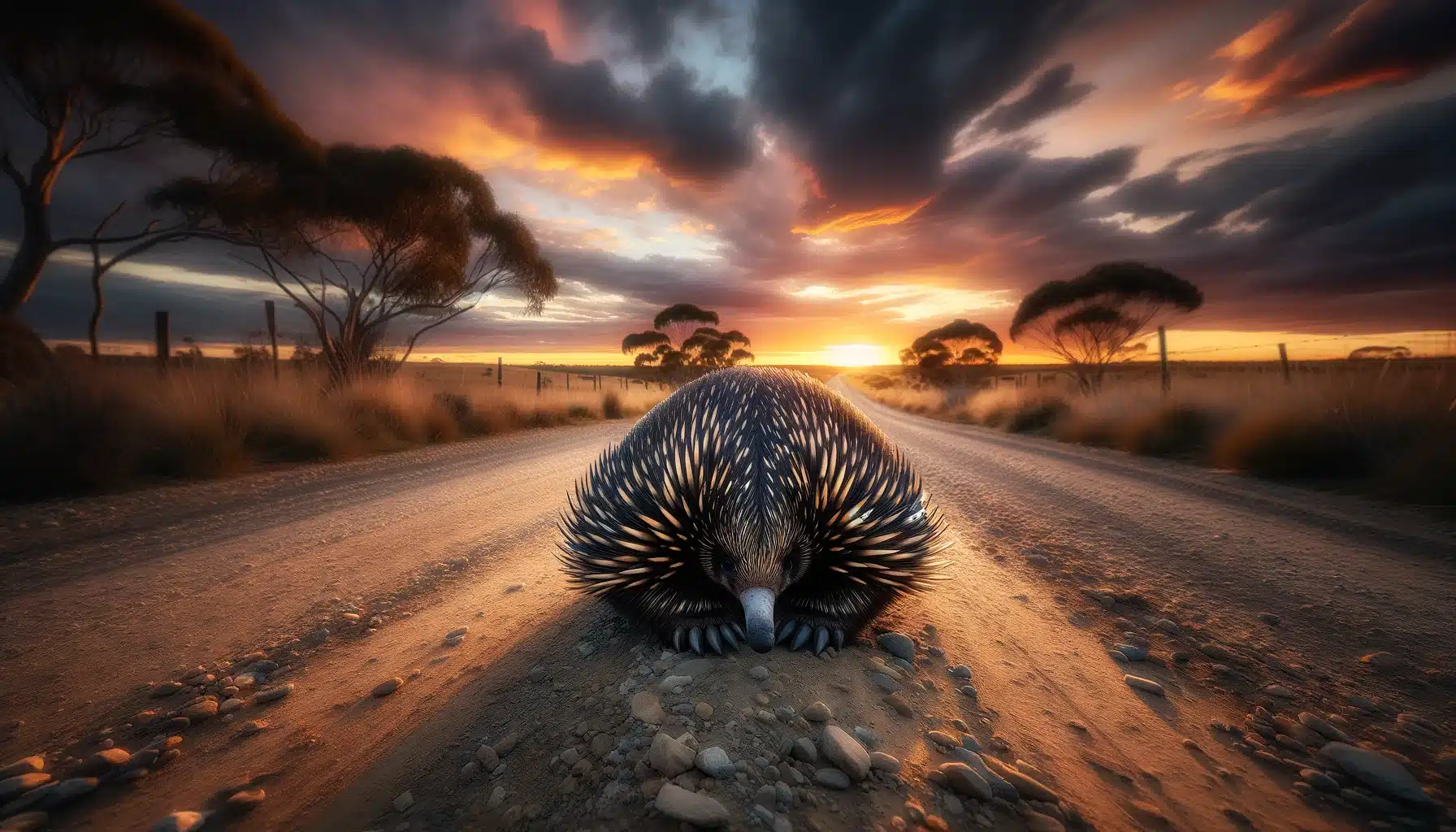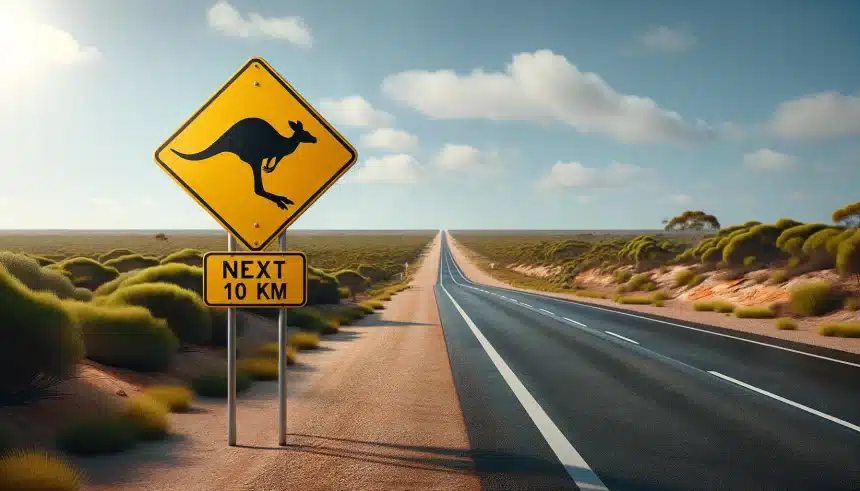When I’m behind the wheel, I make sure to stick to speed limits and watch out for any signs indicating wildlife crossings. Slowing down in designated wildlife areas not only helps protect animals but also reduces the risk of accidents. By being cautious and alert, I can help avoid harm to wildlife and ensure their habitats remain undisturbed.
Have you ever thought about how our driving habits impact wildlife in Liverpool? The connection between our behavior on the road and the safety of animals is more significant than we might realize.
Exploring ways to coexist with wildlife while driving could help us better understand nature and ensure the well-being of both humans and animals. Let’s delve into the details of protecting wildlife and the responsibility drivers have in creating a harmonious environment.
Importance of Wildlife Protection
Protecting wildlife is crucial for preserving our natural ecosystems and biodiversity. As a driver, it’s important to be mindful of wildlife while on the road. Wildlife plays a significant role in maintaining ecological balance, and their protection is vital for the overall health of our planet.
It’s truly heartbreaking to witness the devastating impact of vehicle collisions on wildlife populations. By taking simple precautions, such as avoiding driving at dawn and dusk when animals are most active, I can greatly reduce the chances of hitting an animal. Every small effort contributes to safeguarding our precious wildlife for future generations to appreciate.
Common Wildlife Crossing Areas
When you’re out on the road, keep an eye out for signs that point to common wildlife crossing areas. Look for signs warning about deer or kangaroo crossings. You might also spot thick vegetation near the road, which could signal wildlife habitats nearby. Wildlife corridors, recognizable by tracks, droppings, or special fencing, show where animals frequently cross roads safely.
Areas close to water sources like rivers, streams, or lakes are often spots where animals need to cross roads to reach water, especially in dry spells. Wildlife tends to move around more at dusk and dawn, so be extra cautious during these times. Remember to slow down and stay alert when driving through these known wildlife crossing zones to help prevent collisions and protect both animals and yourself.

Tips for Avoiding Wildlife Collisions
When driving through areas known for wildlife crossings, it’s crucial to follow these simple tips to steer clear of animal collisions.
Start by slowing down as you enter these zones. By reducing your speed, you’ll have more time to react if an animal suddenly appears on the road.
Keep your headlights on, especially during dawn and dusk when animals are most active. This will improve visibility for both you and the wildlife.
Stay vigilant and watch for any movement near the roadside, as animals might dart out unexpectedly. Be extra cautious around water sources and green areas where animals tend to gather.
If you come across a wildlife crossing sign, take it seriously and adjust your driving accordingly.
Lastly, always buckle up for safety, as wearing your seatbelt significantly lowers the risk of injury in case of a collision.
Understanding Wildlife Behavior
Ever thought about why wildlife behaves the way it does around roads and human activity? Understanding wildlife behavior is key to safeguarding both animals and drivers. Here are some important factors to consider:
- Territorial Instincts: Animals might hang around certain areas due to their territorial instincts, making them more likely to cross roads.
- Migration Routes: Some wildlife species follow specific migration paths that cross roads, increasing the risk of collisions.
- Food Sources: Animals are drawn to areas with easily accessible food, bringing them close to roadsides.
- Time of Day: Wildlife activity changes throughout the day, with dawn and dusk being peak times for animals to be on the move.
- Breeding Seasons: During breeding seasons, animals may display different behaviors, like increased movement in search of mates.
Reporting Injured Wildlife
Understanding wildlife behavior can also help us take the right steps when we come across injured wildlife on or near roads. If you find an injured animal, the first priority is safety for yourself and others on the road. Pull over safely, turn on hazard lights, and assess the situation from a distance.
Approaching injured wildlife can be risky, as they may feel threatened and behave unexpectedly. Once you confirm the animal is injured, contact local wildlife rescue services or authorities immediately. Giving specific details like the animal’s location and condition is crucial for a quick response.
While waiting for help, avoid touching the animal to prevent further harm and maintain a safe distance to minimize stress. Reporting injured wildlife promptly not only improves their chances of recovery but also plays a role in safeguarding our wildlife population. It’s a simple yet meaningful way to help protect our environment and its inhabitants.
Conclusion
Protecting wildlife on the roads is like being a guardian of the forest, ensuring safe passage for all creatures big and small. By understanding their behavior and taking precautions, we can navigate our way through their habitats without harm.
Let’s be the guiding light in the darkness, leading wildlife to safety and preserving the delicate balance of nature. Together, we can pave the way for a harmonious coexistence on the roadways.

As a full-time driving instructor and blogger, I’m thrilled to share my thoughts and advice. I’m an Accredited Driving Instructor. Always believed The IMPOSSIBLE is POSSIBLE and that everyone can learn good, safe driving abilities to enjoy their busy and joyful driving experiences. I can guarantee that all approaches and skills I teach will be with you for life: your licence and your safety.

